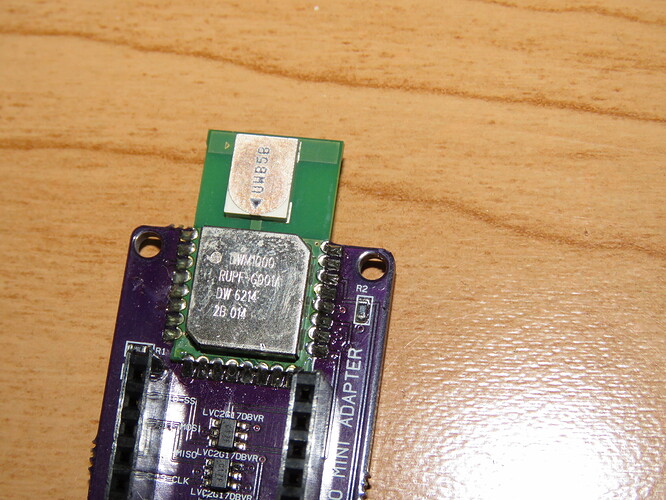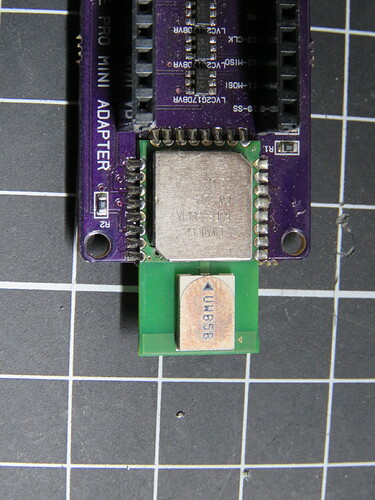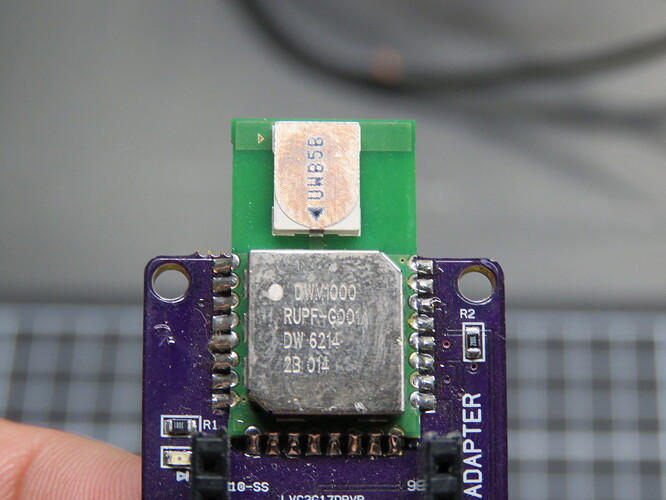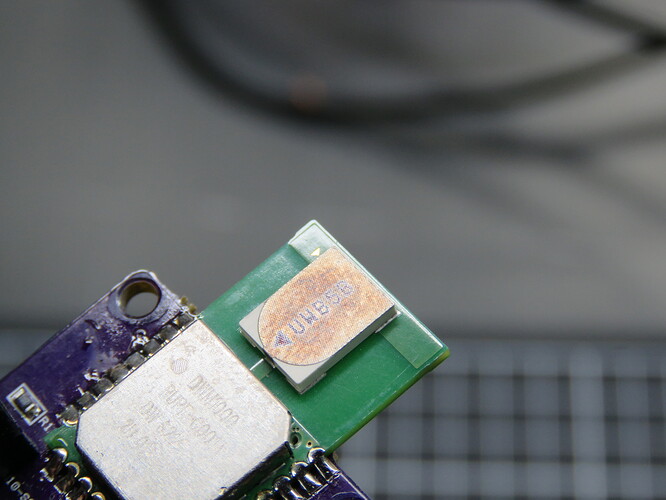There is water vapor in the air inside that enclosure. For a given amount of water vapor, there is a dew point temperature at which it will condense onto any surface.
If the temperature ever goes below the dew point of the trapped air, you will get moisture on the metal surfaces and cause oxidation.
Even without condensation, if the circuits are at an elevated temperature (which happens when operating) in a high humidity environment, that can cause oxidation as well.
Ironically, the fact the parts are in a sealed enclosure can make this problem worse despite designers thinking that would help. If there was a way for there to be air exchange, then the dew point inside the box is unlikely to be reached as the outside air is assured to have a dew point no higher than ambient, and inside the box is generally warmer providing margin to condensation. Whatever means of air exchange there is, it has to prevent water from getting in, however.
Your options are to include a desiccant inside the enclosure to absorb moisture. This will eventually saturate and no longer work, but it helps for some period of time. You often see these desiccant packets in new products shipments, particularly from Asia manufacturing where there is often high humidity.
You could also conformal coat the circuits to seal them away from moisture. This is the best long term solution, but comes at extra cost. I would not expect the conformal coating to affect the radio performance in a meaningful way. This can’t be said for potting the electronics, as that much new dielectric material near the antenna will ruin the performance.
Decawave does not specify a humidity level in the datasheet for the DWM1000, but even so, there is no reasonable expectation that you can operate in high humidity conditions, say 95% or higher, and certainly not with condensation occurring. Thus I don’t see this as a quality problem with Decawave, but inadequate management of the environment in which the module is being used.
We have DWM1000 modules which are at least 6 years old and show no signs of oxidation when kept in a normal office environment (which is sometimes as high as 80% humidity depending on the day).
Mike Ciholas, President, Ciholas, Inc
3700 Bell Road, Newburgh, IN 47630 USA
mikec@ciholas.com
+1 812 962 9408




